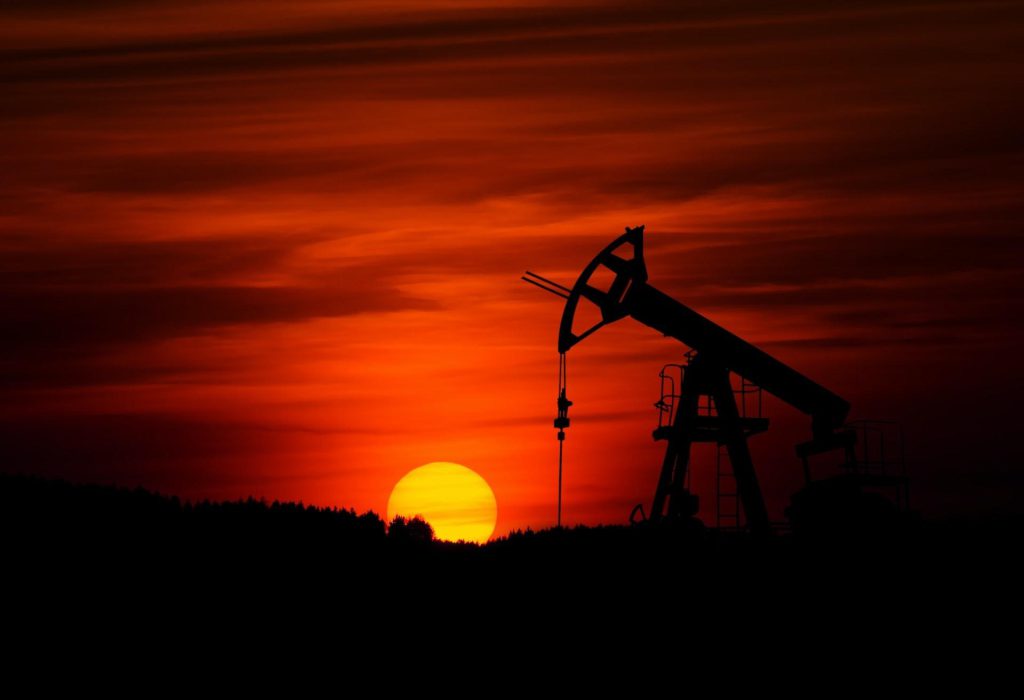
Five Top Reasons You Should Use Advanced Analytics in the Oil and Gas Industry
Photo by Zbynek Burival on Unsplash
The oil and gas industry constantly relies on data and needs to push the production and exploration boundaries. Doing so needs processing a massive volume of data to enhance decision making, boost operational efficiency, and reduce workplace risks.
According to a report by Mckinsey, most offshore platforms are operating at about 77 percent of their optimal efficiency. The shortfall costs 200 billion dollars for the industry per annum.
So how can you avoid the situation and achieve a desirable outcome while managing a huge chunk of data in the industry? Advanced analytics can be an excellent option here. It can help you enhance your ROI and improve safety measures. Plus, implementing it effectively can go a long way towards increasing yielded returns in just a few months.
Tapping into advanced analytics can be helpful in different fields, including drilling, seismic and microseismic data analysis, exploration, reservoir characterization, simulation improvement, production operations, occupational safety, and asset management.
This post will discuss five reasons you should use advanced analytics in the oil and gas industry. But first, let’s see what advanced analytics is.
What Is Advanced Analytics?
Advanced analytics is a process that analyzes business information from multiple data sources using predictive modeling, machine learning algorithms, deep learning, and business process automation.
Advanced analytics can predict patterns beyond traditional business intelligence and calculate the possibility of future events. It can significantly help various organizations to become more responsive and enhance their decision-making precision.
Commonly, data scientists use advanced analytics techniques to combine and expand prescriptive and predictive analytics while including different options to achieve improved visualization and predictive models.

Photo by Carlos Muza on Unsplash
1. Better Human Safety
Ensuring the safety of the environment and human resources is one of the primary challenges of the oil and gas industry, particularly during the drilling operation. There is always a fatal or temporary health risk during the extraction process.
Today, great O&G companies use advanced analytics techniques, including predictive modeling, machine learning algorithms, deep learning, business process automation, and artificial intelligence, to detect new oil and gas sources without putting their employees in danger.
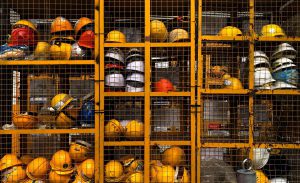
Photo by Pop & Zebra on Unsplash
2. Lower Production Costs
Your company should consider various internal and external factors while drilling and doing pipeline operations to manage its financial costs. You can utilize advanced analytics to harness the data in different situations, improve your production efficiency and reduce costs by delivering insights into energy consumption and price in real-time and knowing when to run your desired processes.
Let’s say you are looking for the right place to dig oil wells. How can you find that without incurring high costs? You can analyze rocks using advanced analytics and pair real-time drilling data with production data to significantly reduce unwanted expenses.
Huge companies like Shell use advanced analytics to figure out the remaining oil and gas in reservoirs and predict production.

Photo by Алекс Арцибашев on Unsplash
3. Optimizing Upstream, Midstream, and Downstream
Improving the performance of existing resources, detecting new resources, and maintaining a constant supply of crude oil are some of the main challenges in the oil and gas industry upstream processes. To find new resources (exploration), you should primarily interpret seismic data, which is impossible without leveraging advanced computing equipment with powerful visualization capabilities. Advanced analytics can greatly help you create a subsurface picture using seismic data.
Drilling companies extensively use advanced analytics because they can record various parameters during the drilling process using multiple sensors. Then, they use the parameters to create insights useful for the extraction process.
If you are a petroleum engineer looking to increase the drilling rig efficiency and non-drilling time, you should follow the best advanced analysis techniques. It can provide you with the critical information to assess the drilling process conditions.
You can also use data analytics to manage reservoirs and improve their modeling by analyzing the production data. As an engineer, you can identify the underlying pattern of production data to predict production performance by utilizing advanced analytics.
Moreover, advanced analytics can significantly help shipping companies improve their ships’ performance and reduce greenhouse gas emissions by predicting their propulsion power.
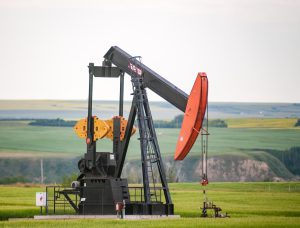
Photo by David Thielen on Unsplash
4. Predictive and Preventive Maintenance
O&G companies can simulate and predict maintenance events by using predictive analytics. You should use predictive maintenance to reduce unforeseen reactive maintenance and downtime costs. It may seem troublesome at first, but you can outrun your competitors by improving the downtimes of big maintenance projects in the long run.
Another application of advanced analytics techniques is reducing unplanned downtime due to critical equipment failures. Increasing the reliability of gas compression systems relies on predictive maintenance, which is a vital component in numerous offshore platforms that may lead to huge losses during downtimes.
As an alternative for predictive maintenance, companies can also use a preventive maintenance approach which includes regular equipment replacement and inspection.

Photo by Emmanuel Ikwuegbu on Unsplash
5. Improving Offshore Operations
As mentioned before, many offshore platforms only use 77 percent of their maximum production capacity, incurring a considerable annual financial cost. It’s primarily because production and processing operations are relatively complicated. Offshore platform control rooms must analyze a tremendous amount of data created by 30 thousand sensors. They should also consider external factors that impact the production, including temperature, wave heights, and humidity.
Companies should use advanced analytics and machine learning to leverage statistical methods, assess significantly complex and humongous amounts of data, and find the needed patterns to solve this problem. Then, they can utilize these patterns to analyze critical factors of production, efficiency, and quality by creating algorithms. You can also use these patterns to alert operators about possible future scenarios that can affect rig operations to enable them to respond in time. Advanced analytics is a great tool to recognize bottlenecks and offer prescriptive actions essential for flawless operating conditions.
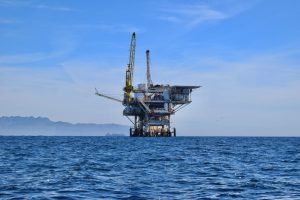
Photo by Zachary Theodore on Unsplash
The fourth industrial revolution (industry 4.0) revolves around harvesting data from sensors, cloud computing, aggregators, and IoT. Therefore, all industries should move towards more modern ways of analysis to achieve better efficiency, and the oil and gas industry is no exception. Advanced analytics is a reliable and efficient way to handle a huge variety of data and create more profit for businesses.
If you are interested in learning more about AI and its applications in the Oil And Gas Industry or would like to contribute to this field, visit THIS LINK to explore further information and get involved.

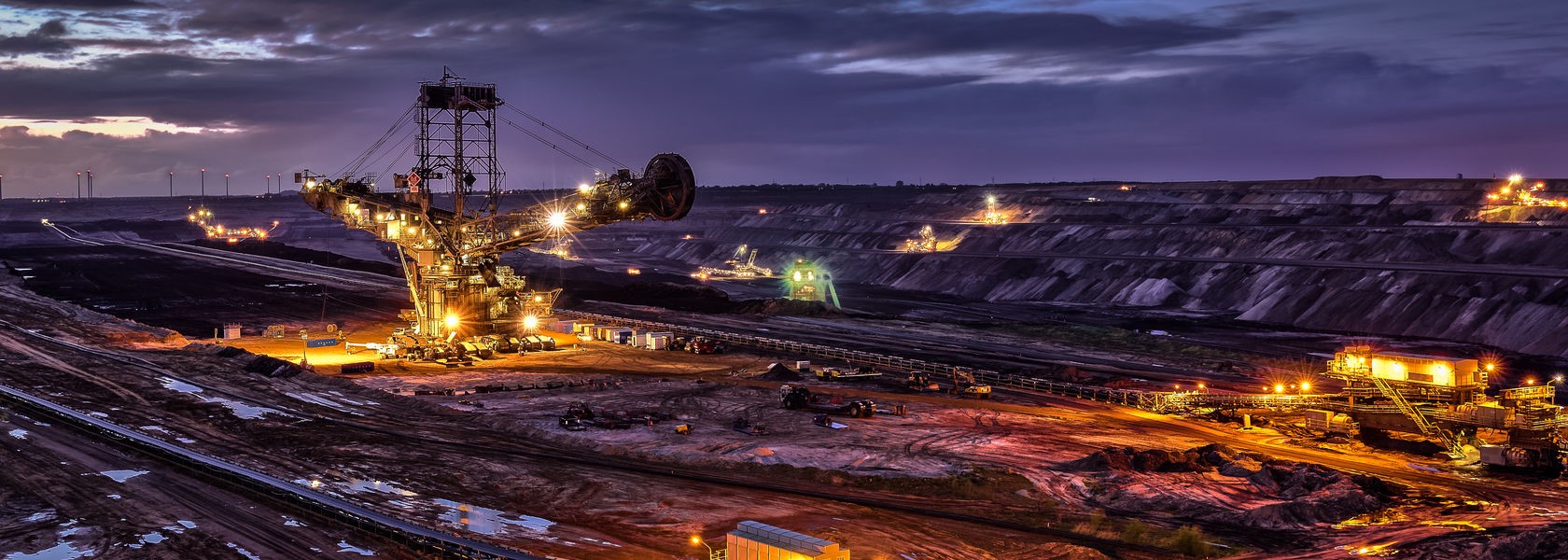
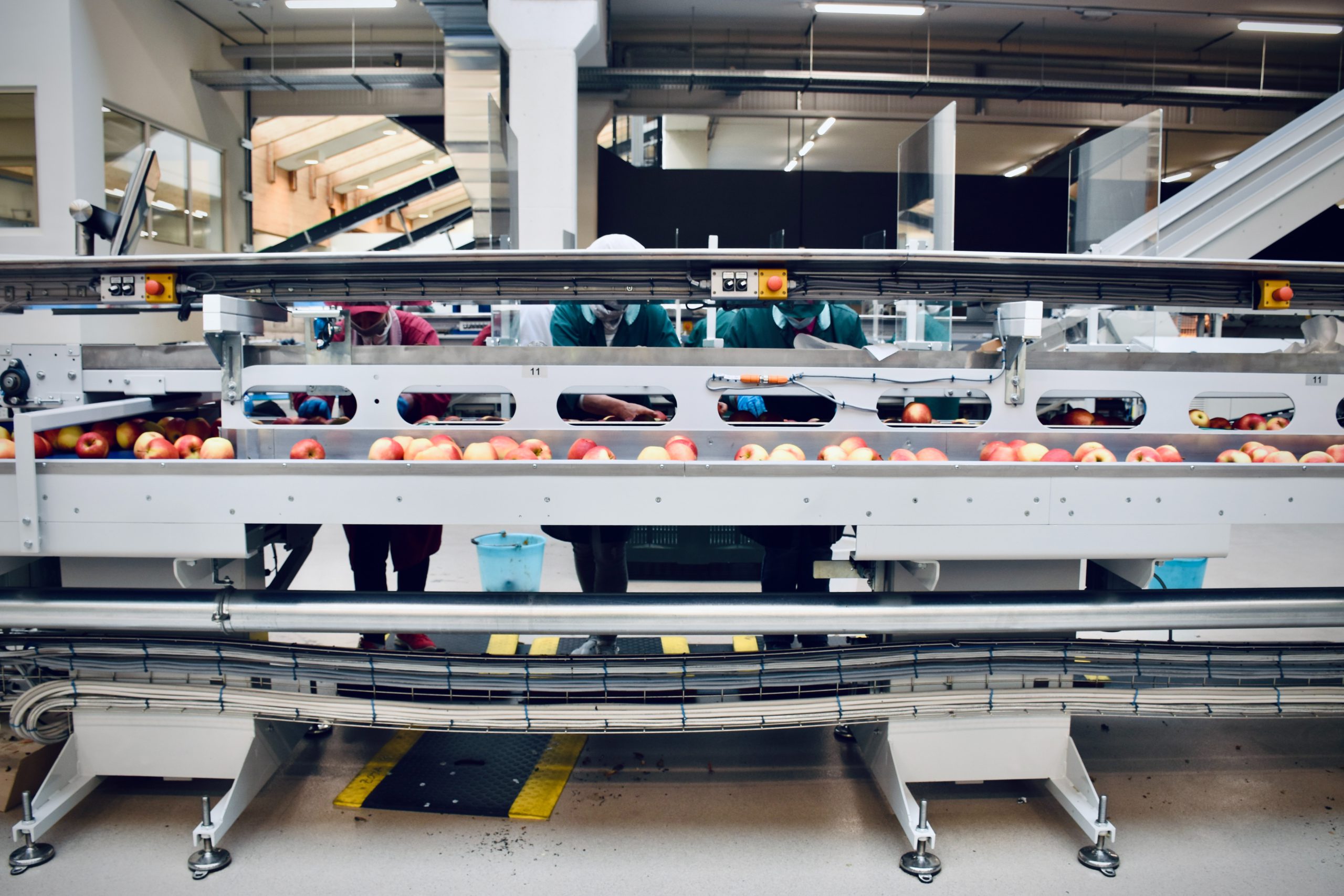




Responses